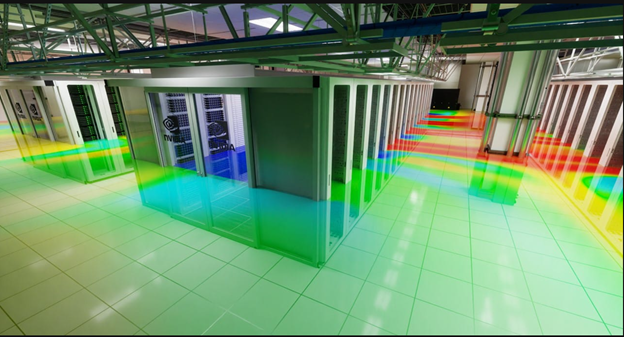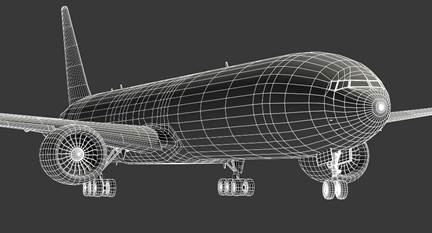Nvidia says data centers could use the platform to design complex supercomputing facilities.

Just like the visionary pioneers at Xerox PARC envisioned touch-screen tablets and GUIs decades or more before they were realized, the concept of the metaverse was envisioned by Neal Stephenson in 1992. Even earlier than that, NASA not only envisioned digital twins, but in the 1960s, was employing it when each spacecraft was exactly replicated in an earthbound version that was used for study and simulation purposes. IBM says the idea of digital twin technology was first voiced in 1991, with the publication of Mirror Worlds, by David Gelernter. However, Dr. Michael Grieves (then on faculty at the University of Michigan) is credited with first applying the concept of digital twins to manufacturing in 2002 and formally announcing the digital twin software concept. Eventually, NASA’s John Vickers introduced a new term—“digital twin”—in 2010.
The CAD/PLM companies began using the term about five or six years ago, and Siemens showed an unnamed digital twin production/assembly-line mock-up at least 10 years ago. Honda was one of the first companies to make a fully digital model of a car, and Boeing built the first totally digital airplane, the 777, in the early 1990s.

Computers got faster, GPUs got bigger, memory range and size increased as did mass storage, and the hardware caught up to the software, and what were once dreams were realized. A digital twin is enormous.
Nvidia believes simulation and digital twins can help data center designers, builders, and operators create highly effective models and facilities. But building a digital twin that can accurately represent all components of an AI supercomputing facility is a massive, complex undertaking—maybe not quite as challenging as a jetliner, but damn close.
When you have something as complex and complicated as a giant airplane or a data center, just entering all the data and CAD models is a massive undertaking. Nvidia says its Omniverse simulation platform can help address such challenges by streamlining the process for collaborative virtual design. To prove the point, the company gave a demo at The International Conference for High Performance Computing, Networking, Storage, and Analysis (SC22) that showed how the people behind data centers could use the development platform to design and develop complex supercomputing facilities. This video from Nvidia illustrates how.

Once construction of a data center is complete, its sensors, control system, and telemetry can be connected to the digital twin inside Omniverse, enabling real-time monitoring of operations.
With a perfectly synchronized digital twin, engineers could simulate common dangers such as power peaking or cooling system failures. Operators could benefit from AI-recommended changes (just like the recommender systems used by Siri and Alexa) that optimize for key priorities like boosting energy efficiency and reducing the carbon footprint. The digital twin also allows them to test and validate software and component upgrades before deploying to the physical data center.






